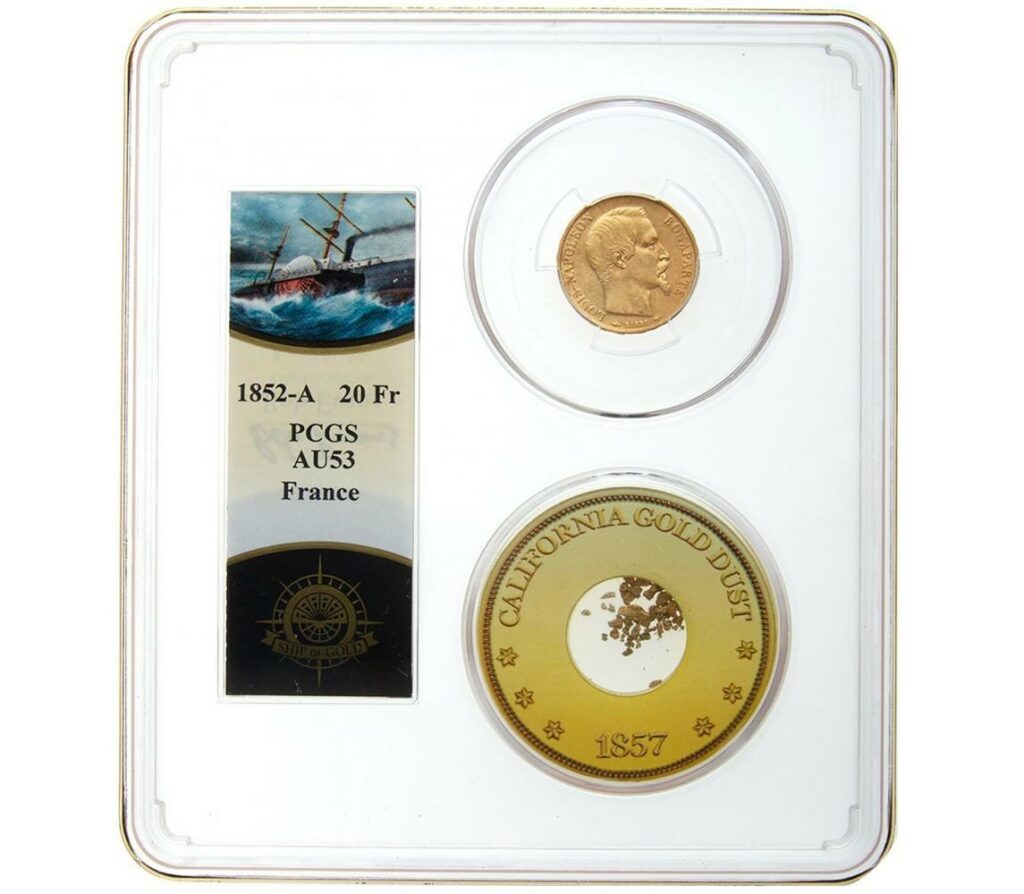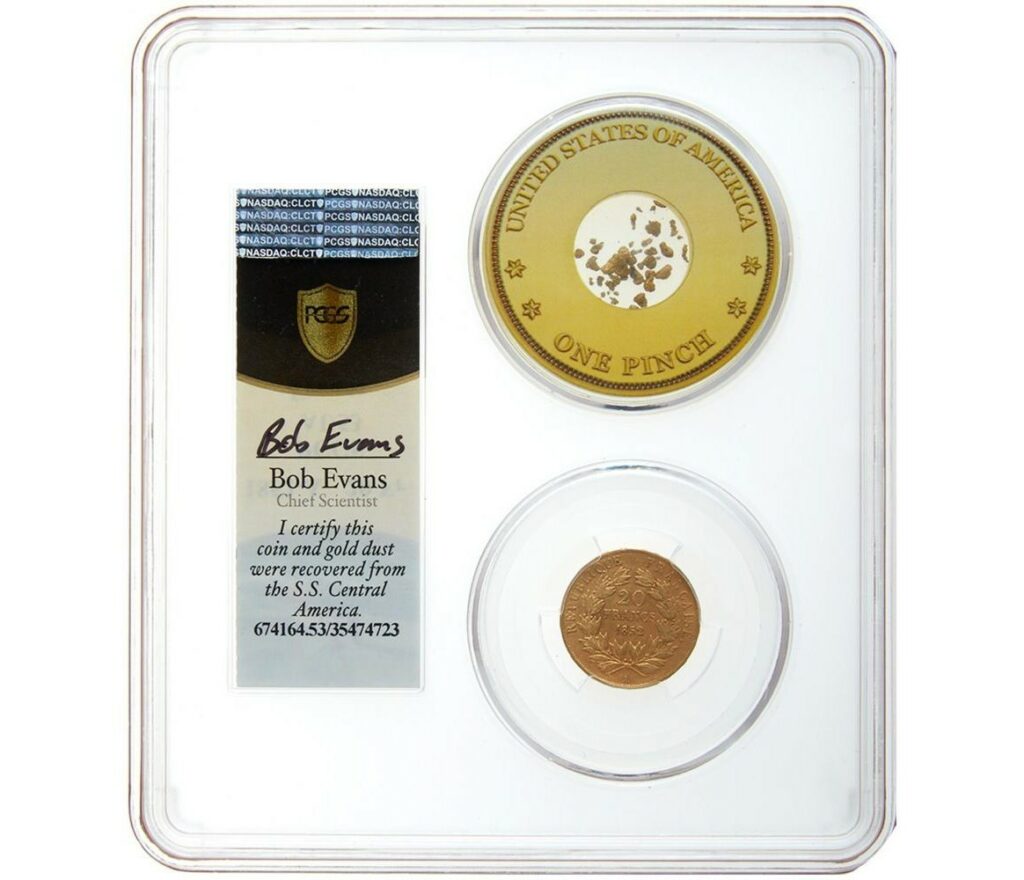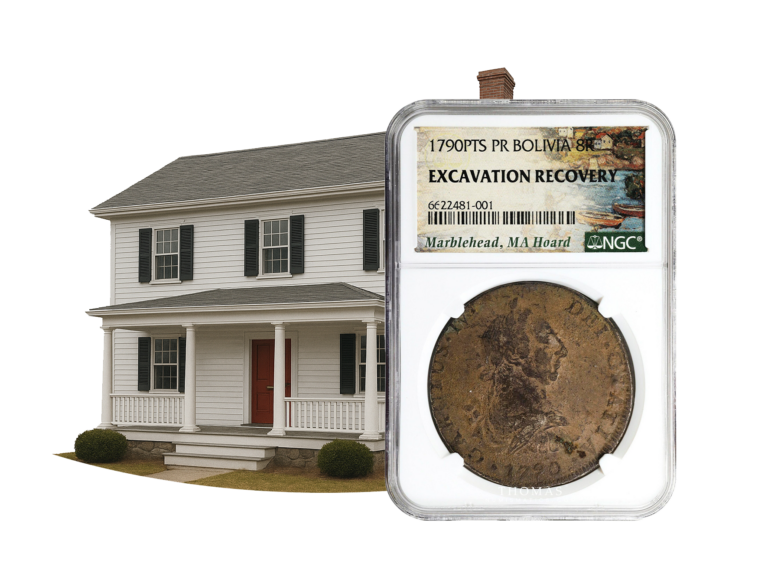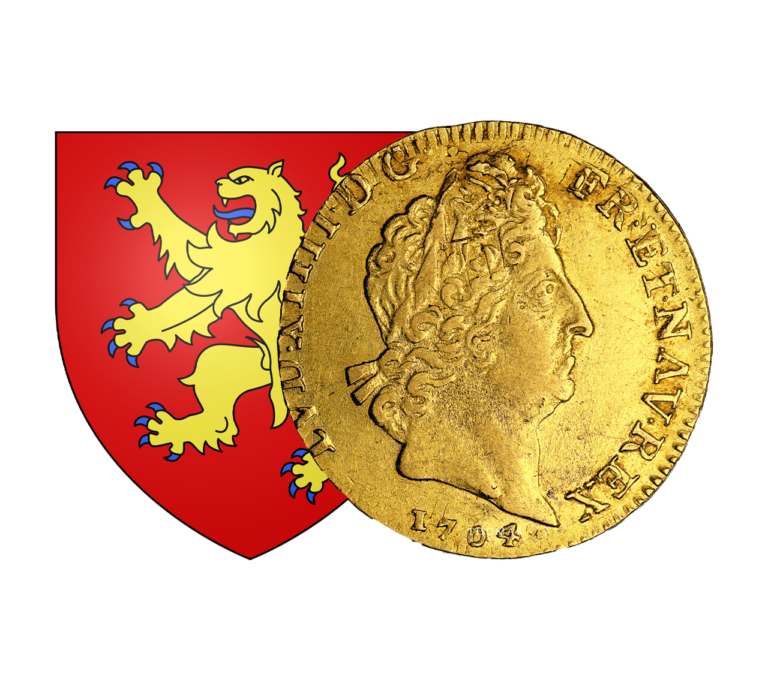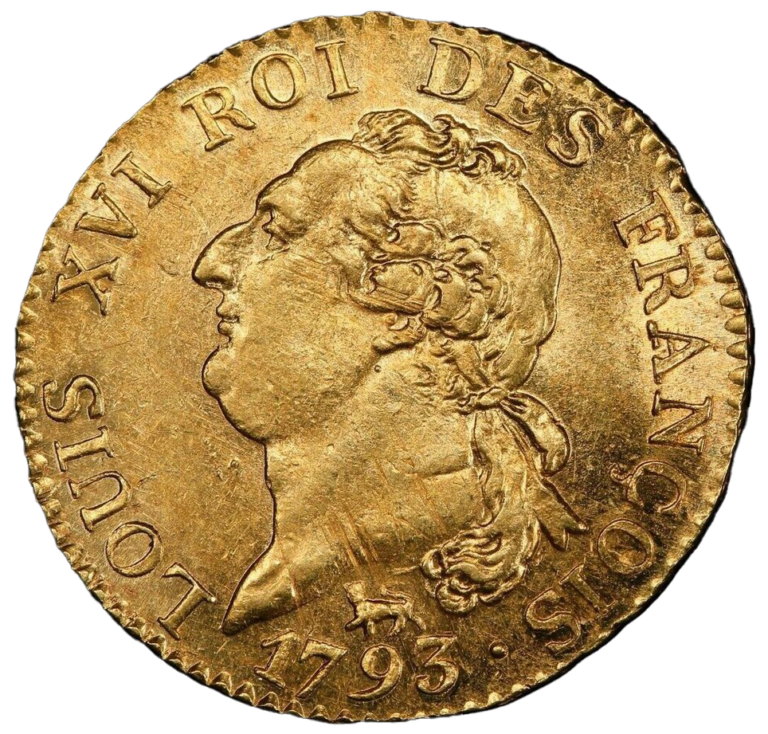
Discover all the news and articles from TNUMIS Magazine exclusively
SS Central America: the curse of a treasure
In 2018, California’s Long Beach Convention Center held an auction of the SS Central America’s treasure: 45 bars, 3,100 gold coins and more than 36 kilograms of gold dust, worth an estimated $500 million, are presented to numismatists who came from all over the world to acquire the cursed treasure. In reality, it is only a part from the sinking of the Central America found in the 2010s, as the overall treasure is much larger. Let’s take a look at its story.
The sinking of the SS Central America
The gold transited from California to Panama. On September 3, 1857, the SS Central America left the port of Colon in Panama to sail to New York. It carried 477 passengers, 101 crew members and a load of gold bars and coins, mostly from the California gold rush.
According to Gary Kinder, the author of Ship of Gold, the exact makeup of the gold shipment remained unknown for a long time, as the San Francisco archives had burned down. However, a U.S. Defense document declassified in 1971 reports that the SS Central America contained 11.2 tons of gold, not including the gold brought back by passengers.
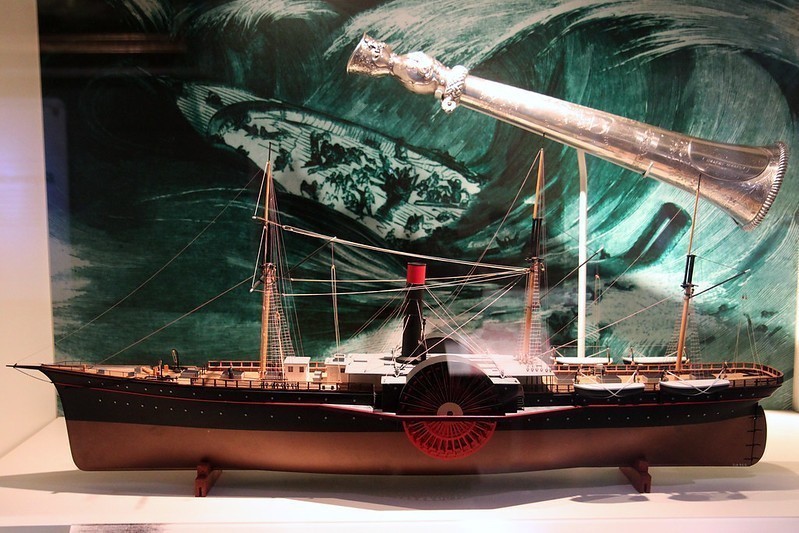
After a stopover in Havana, the Central America sailed along the U.S. coast, but was caught in a violent storm off the coast of South Carolina on September 11. The sails were torn and the bow took on water. When the boiler stopped, hope disappeared and the men knew they were doomed. However, Captain Herndon hoisted the Stars & Stripes flag upside down as a distress signal. The next day, a rescue was attempted by a boat, but the weather was too bad. A few lifeboats were thrown into the water and 153 passengers managed to disembark. The SS Central America sank at 8 p.m. on 12 September. 425 people perished. The gold sank to the bottom of the ocean.
The news of the disaster quickly spread. The treasure of the Central America was, of course, mentioned. The loss of the SS Central America aggravated the financial hysteria around the New York banks. Rumors circulated, some evoking the curse of the gold, looted from the natives.
The impact of the sinking of the SS Central America
The sinking of the SS Central America played a role in the financial panic of 1857.
In Northern California, more than 300,000 people landed along the American River in the 1850s when they learned of the presence of gold. This gold rush created an economic boom. Banks invested in the area while the Native Americans were driven off their land.
When gold became scarce, the economic situation deteriorated. The companies closed little by little. The Ohio Life Insurance and Trust Company collapsed. A few New York banks got together and organized a large shipment of California gold from the San Francisco Mint to consolidate their reserves. The SS Central America was chosen to make this delivery to the desperate banks of New York. Its cargo was to help stop the insolvency of East Coast businesses.
The expeditions and rescues of the Central America
Curious explorers were not impressed by the legends, nor by the economic crisis, and took a close interest in the treasure. Dozens of expeditions were organized in the following years by the American Navy, private companies or even local fishermen. Several tragedies occurred such as the disappearance of a boat and diving accidents. The bad luck continued.
Tommy Thompson, engineer and thief
More than 130 years later, Tommy Thompson, a marine engineer, is obsessed with finding the treasure of the Central America. The treasure hunter spent years piecing together the ship’s route through scientific calculations and extensive studies of maritime documents. After convincing no less than 161 private investors and raising $12.5 million, he organized an expedition. He surrounded himself with a team of scientific experts and professional divers and launched the Columbus America Discorey Group in 1988. They developed state-of-the-art equipment such as an underwater robot named Nemo3 with a giant claw.
The mission located the wreck of the SS Central America at a depth of 2,134 meters, 250 kilometers off the coast, on September 11, 1988. The ship is accompanied by gold bars and 5,200 gold coins, including 20-dollar “1857-S Coronet” coins. All of this is estimated to be worth between 100 and 150 million dollars.
As it is often the case when shipwrecked treasure is discovered, the question arises as to who owns the loot. A legal confrontation is engaged between the State, the insurance companies and Tommy Thompson. The courts ruled in favor of the discoverer and his investors.
But the ocean expert was too greedy. The discovery of the treasure of the SS Central America went to his head. He decided to sell 532 bars and thousands of gold coins to California Gold Marketing Group for 52 million dollars, without informing his investors. Prosecuted in 2005, he hid in Florida. Seven years later, a federal warrant was issued and he was finally arrested in 2015 at a hotel in Boca Raton. He repaid his collaborators, but refused to disclose where the missing 500 gold pieces of treasure were hidden. He was sent to prison.
The expedition of the 2000s
While Thompson recovered thousands of gold bars, coins and other precious items between 1988 and 1991, the loot was only about 5% of the total treasure of the SS Central America. That’s why another underwater expedition was conducted by Odyssey Marine Exploration in 2014. Divers and scientists Craig Mullen and Bob Evans also found gold bars and coins.
By 2018, the company had recovered 16,000 precious items, including 3,100 gold coins, 45 gold bars and 36 kilograms of gold dust. This new portion of the treasure was sold to California Gold Marketing Group, the same company that purchased Thompson’s loot in 2000 to sell to collectors.
Gold recovered from the wreck continues to fetch high prices at auction today, such as this 200-gram San Francisco Justh & Hunter cast ingot, which was sold for $66,000.
Sources :
Ouest-France
Love Money
PCGS
Glint
The Maritime Executive
